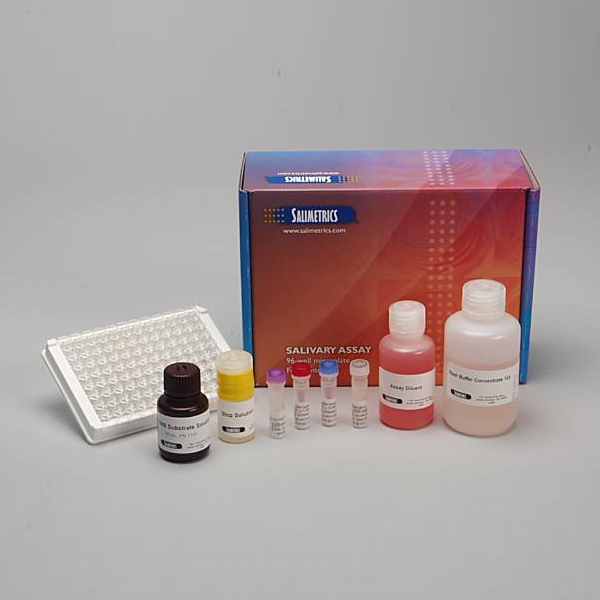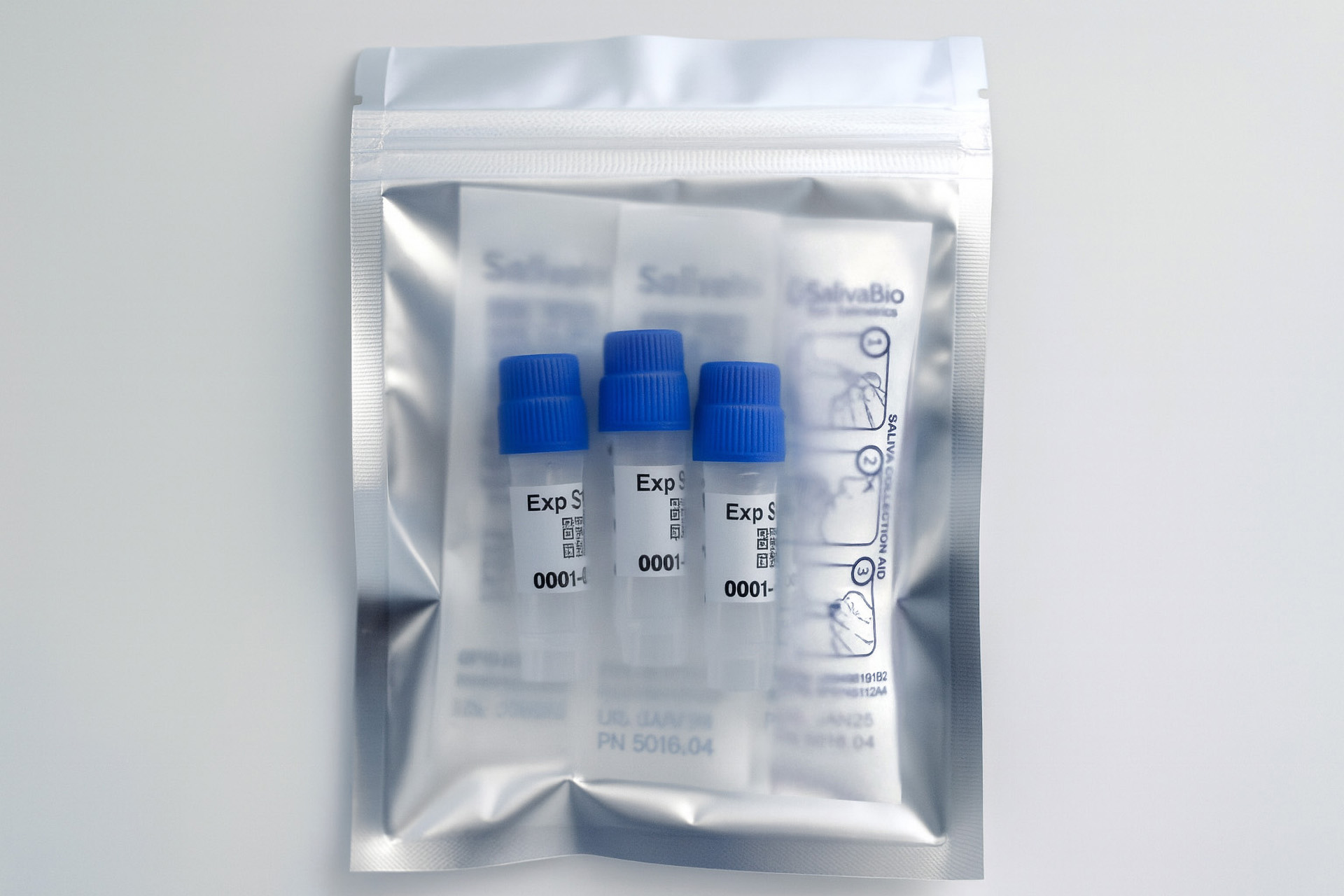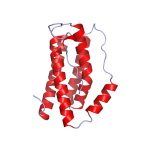Need Help?
Ask an expert
1. How to collect Salivary Interleukin-6
APPROVED SALIVARY IL-6 COLLECTION METHODS
Salivary Interleukin-6 Collection Protocol
Collection volume, general considerations, and basic guidelines to maximize salivary Interleukin-6 sample integrity. Use this analyte-specific collection protocol to plan you collection methodology and sampling schemes.

2. How to Assay for Salivary Interleukin-6
Send Saliva Samples to Salimetrics
Add to StudyEasy and accurate results from the Salimetrics CoreLab+ Laboratory.
Order Code5210
Salivary Interleukin-6 ELISA Kit
Add to Study
Salimetrics Assay #1-3602
The Salimetrics Salivary IL-6 (Interleukin-6) Enzyme Immunoassay Kit was specifically designed to standardize the detection of IL-6 in saliva samples for research and biomedical laboratories. Salivary IL-6 levels can be very low in certain participant groups, and pilot studies in the population of interest are recommended to determine baseline measures. The average inter- and intra-assay precision coefficients of variation are low with no deleterious matrix effects often found in saliva which are characterized through dilution- and spike-recovery validation procedures. This IL-6 assay kit has also been formatted to minimize cross reactivity for related cytokines. Read More...| Assay Protocol |
|---|
| Rev. 04.19.19
|
| Specifications | |
|---|---|
| Catalog#: | 1-3602 |
| Regulatory Status: | RUO |
| Format: | 96-well plate |
| Assay Time: | ~ 4.5 hrs |
| Sample Volume/Test: | 60 µL |
| Sensitivity: | 0.07 pg/mL |
| Assay Range: | 1.56 – 100 pg/mL |
| Storage Requirements: | 2-8°C |
| Tests Per Kit | |
|---|---|
| Singlet: | 76 |
| Duplicate: | 38 |
| Target Analyte |
|---|
Technical Documentation
Assay Kit Overview
Intended Use
The Salimetrics IL-6 ELISA Kit is a sandwich immunoassay specifically designed and validated for the quantitative measurement of salivary Interleukin-6. It is not intended for diagnostic use. This assay kit was designed and optimized for salivary research use in humans. Salimetrics has not validated this kit for serum, plasma or saliva samples from any other species.
Introduction
Interleukin-6 (IL-6) is a pleiotropic cytokine involved in a multitude of inflammatory responses with roles in immune regulation and pathologic conditions including both acute and chronic inflammatory diseases. IL-6 initiates and up-regulates inflammation, triggers the release of acute phase proteins, regulates inflammatory response, attracts immune cells to sites of injury or infection and stimulates coagulation. Salivary levels have varying correlations to serum levels depending on the research applications.
Salivary Interleukin-6 Assay Principle
This is a sandwich ELISA kit. IL-6 in standards and samples binds to the antibody binding sites on a microtitre plate. After incubation, unbound components are washed away. Biotin conjugated to goat antibodies to human IL-6 are added and attach to the bound IL-6. After incubation, unbound components are washed away. Streptavidin conjugated to horseradish peroxidase (HRP) is added and binds to the biotin conjugated to the goat antibodies. Bound Streptavidin-HRP is measured by the reaction of the horseradish peroxidase enzyme to the substrate tetramethylbenzidine (TMB). This reaction produces a blue color. A yellow color is formed after stopping the reaction with an acidic solution. The optical density is read on a standard plate reader at 450 nm. The amount of Streptavidin-HRP detected is proportional to the amount of IL-6 present in the sample.
3. Technical Summary
| Analyte Summary | |
|---|---|
| Analyte: | Interleukin-6 |
| Aliases: | IL-6 |
| Serum-Saliva Correlation: | NA |
| *Optimum Collection Volume: | 135 μL |
| Assay Summary | |
|---|---|
| Methodology: | ELISA |
| Sensitivity: | 0.07 pg/mL |
| Assay Range: | 1.56 – 100 pg/mL |
| Assay Type: | Quantitative |
| Methodology: | ECL |
| Sensitivity: | 0.06 pg/mL |
| Assay Range: | 0.06 – 3068 pg/mL |
| Assay Type: | Quantitative |
Background
References & Salivary IL-6 Research
-
-
- McCarty, M.F. (1999). Interleukin-6 as a central mediator of cardiovascular risk associated with chronic inflammation, smoking, diabetes, and visceral obesity: Down-regulation with essential fatty acids, ethanol and pentoxifylline. Med Hypotheses, 52(5), 465-77.
- Castell, J.V., Gomez-Lechon, M.J., David, M., et al. (1990). Acute-phase response of human hepatocytes: Regulation of acute-phase protein synthesis by interleukin-6. Hepatology, 12(5), 1179-86.
- Chai, Z., Gatti, S., Toniatti, C., et al. (1996). Interleukin (IL)-6 gene expression in the central nervous system is necessary for fever response to lipopolysaccharide or IL-1β: A study on IL-6-deficient mice. J Exp Med, 183(1), 311-16.
- Tilg, H., Trehu, E., Atkins, M.B. (1994). Interleukin-6 (IL-6) as an anti-inflammatory cytokine: Induction of circulating IL-1 receptor antagonist and soluble tumor necrosis factor receptor p55. Blood, 83(1), 113-18.
- Sun, D., Emmert-Buck, M.R., Fox, P.C. (1998). Differential cytokine mRNA expression in human labial minor salivary glands in primary Sjögren’s syndrome. Autoimmunity, 28(3), 125-37.
- Tishler, M., Yaron, I., Shirazi, I., et al. (1999). Increased salivary interleukin-6 levels in patients with primary Sjögren’s syndrome. Rheumatol Int, 18(4), 125-27.
- Costa, P.P., Trevisan, G.L., Macedo, G.O., et al. (2010). Salivary interleukin-6, matrix metalloproteinase-8, and osteoprotegerin in patients with periodontitis and diabetes. J Periodontology, 81(3), 384-91.
- El-Sheikh, M., Buckhalt, J.A., Granger, D.A., et al. (2007). The association between children’s sleep disruption and salivary interleukin-6. J Sleep Res, 16(2), 188-97.
- Sjögren, E., Leanderson, P., Kristenson, M., Ernerudh, J. (2006). Interleukin-6 levels in relation to psychosocial factors: Studies on serum, saliva, and in vitro production by blood mononuclear cells. Brain Behav Immun, 20(3), 270-78.
- Groer, M., Murphy, r., bunnell, W., et al. (2010). Salivary measures of stress and immunity in police officers engaged in simulated critical incident scenarios. J Occup Environ Med, 52(6), 595-602.
-
- Tanda, N., Ohyama, H., Yamakawa, M., et al. (1998). IL-1β and IL-6 in mouse parotid acinar cells: Characterization of synthesis, storage, and release. Am J Physiol, 274(1 Pt 1), G147-56.
-
 Contact: Salimetrics (USA)
Contact: Salimetrics (USA)




